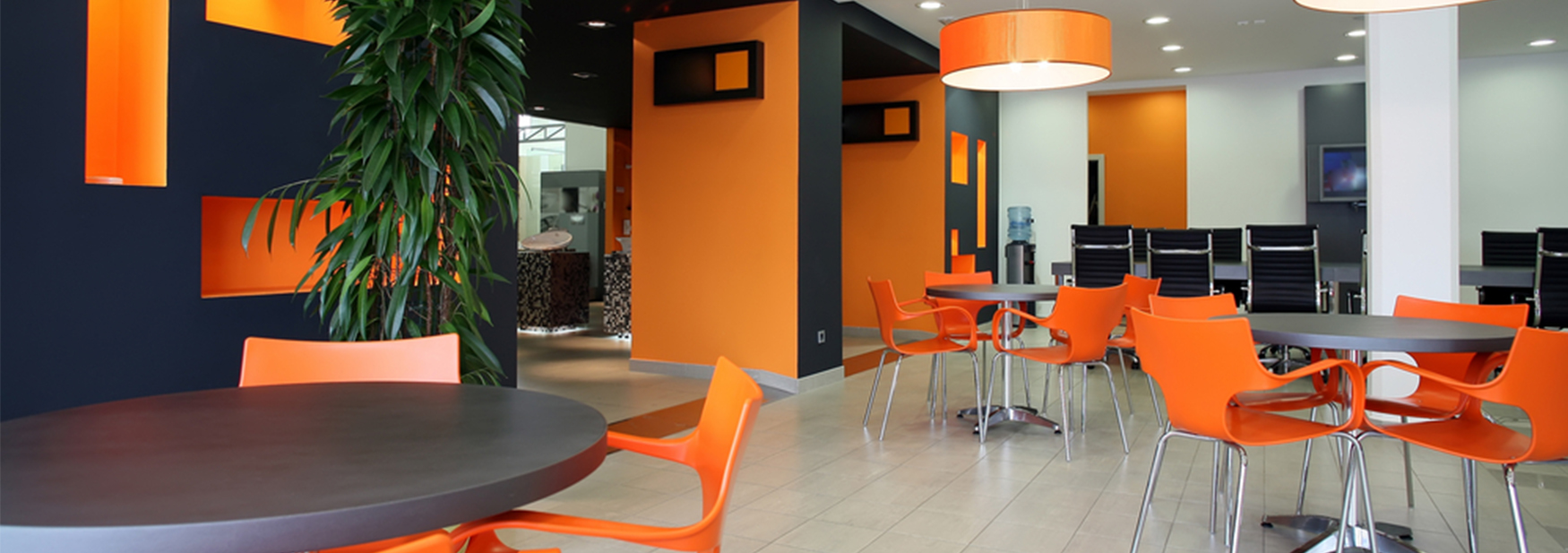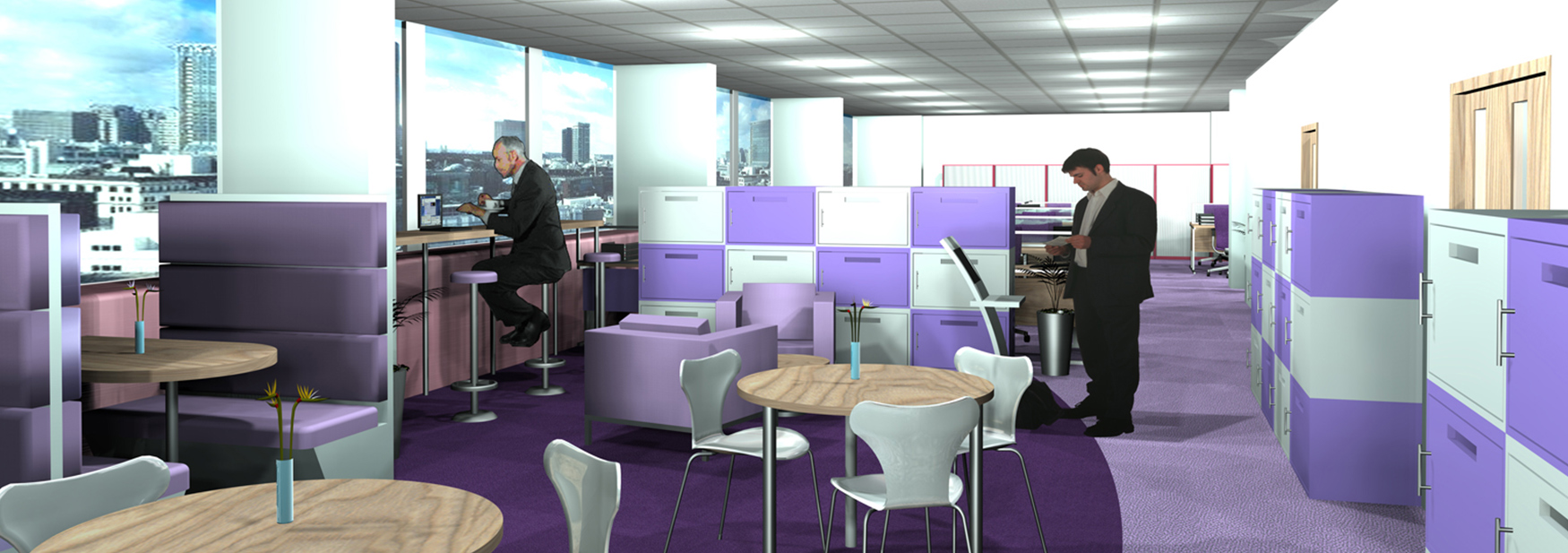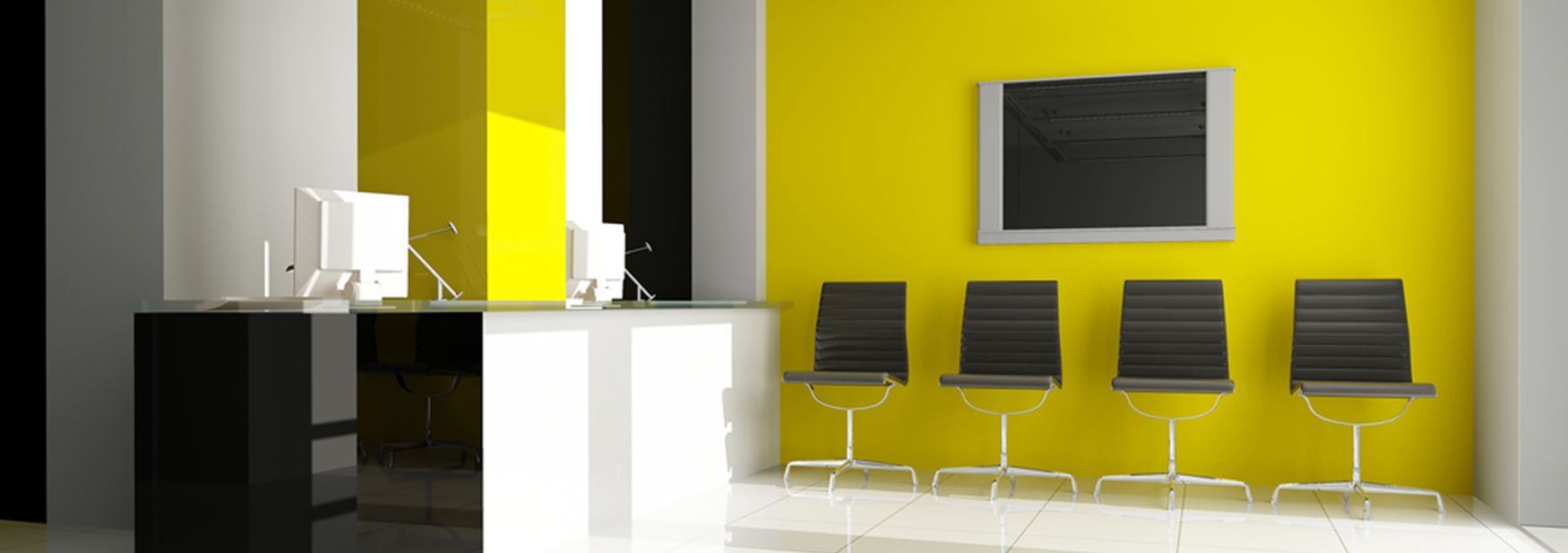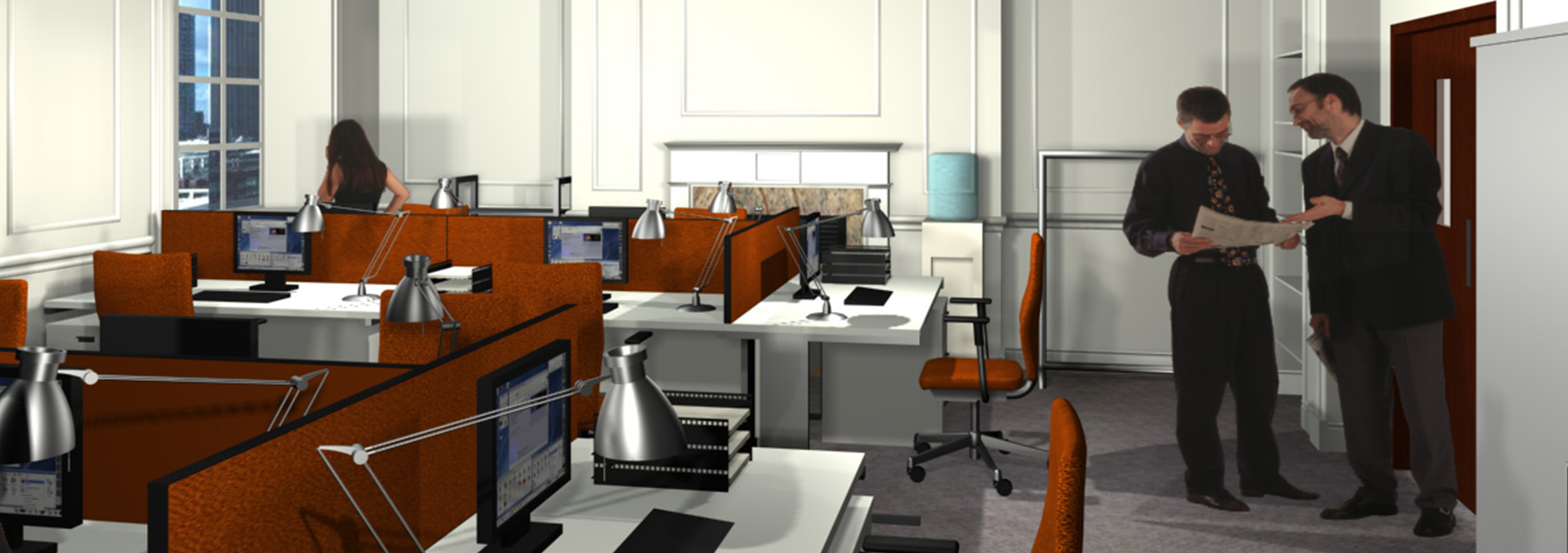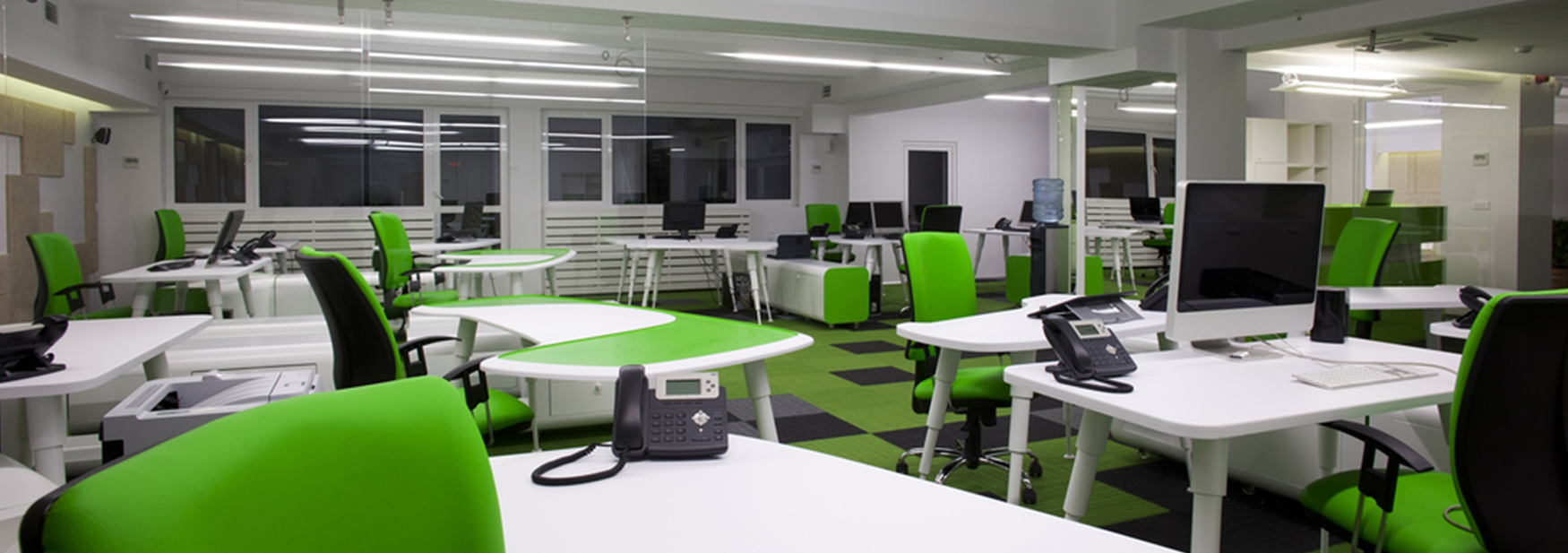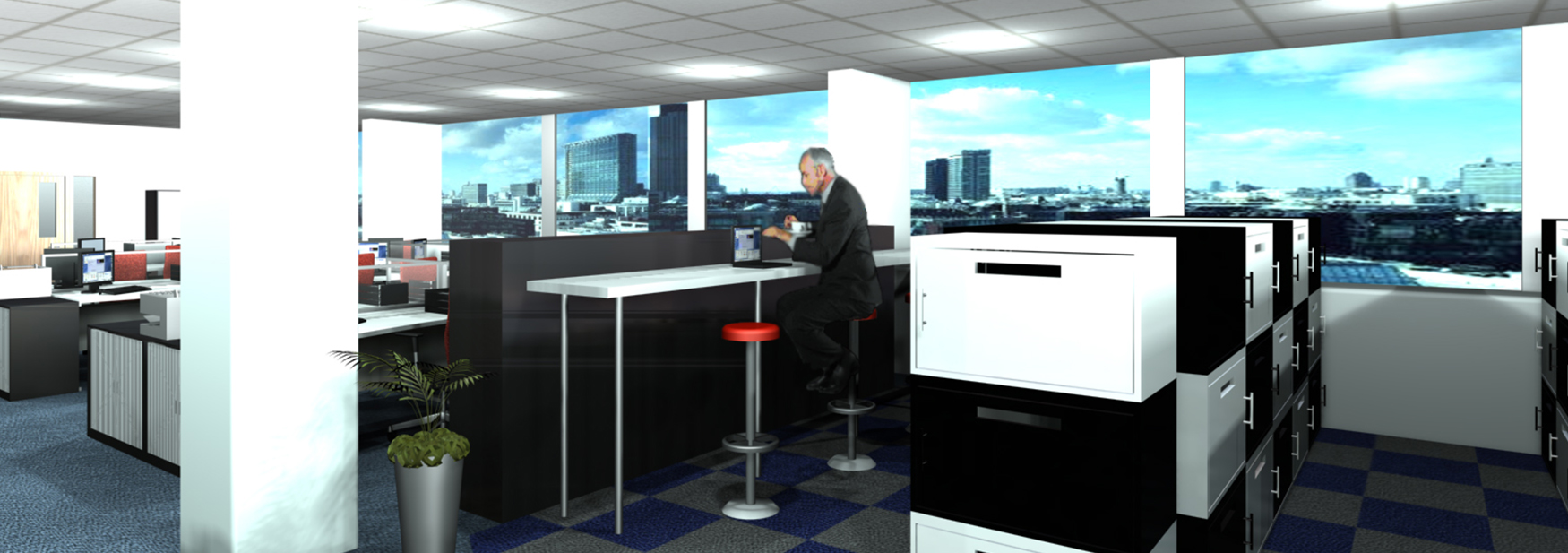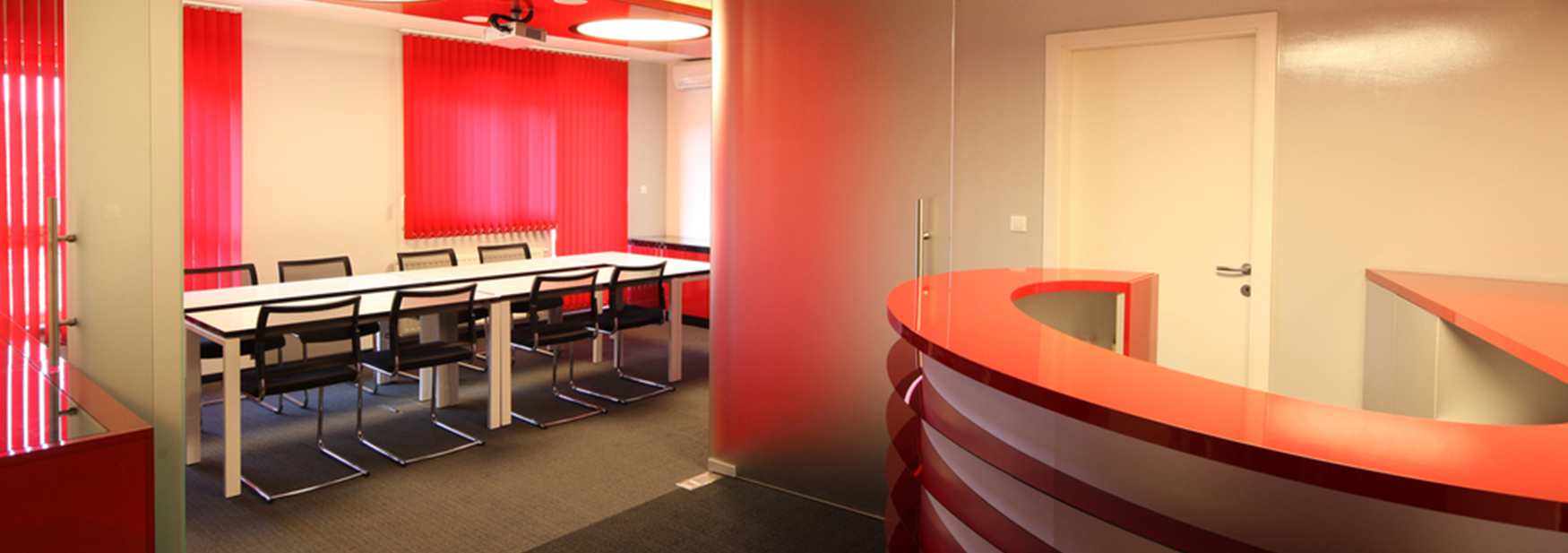The size and shape of the office desk plays a major part in the final office design. Obviously, the larger the desk, the fewer you can fit in, but also the shape can play a big role is the layout too. The most common office desk type in the UK is still the “L-shaped” desk, also known as a corner (or sometimes crescent) desk. This desk type has a deep corner section, which is designed to house a large CRT monitor. However, the majority of monitors are now flat screens, and so this space is in effect redundant. The large return of the L-shaped desk means that you need to space them further apart in order to allow for adequate access between desks. This is especially important due to the DDA regulations (Disability Discrimination Act), which state that the office should be planned in such a way that it is useable by wheelchair users and the less able bodied. It therefore makes sense when planning an office layout to consider the type of office desk and go for something that allows for adequate surface space, but doesn’t require a huge amount of space between desks. A solution here would be a wave type desk, which has a slightly deeper end at one side, which is usually 200mm deeper than the rest of the desk top (compared with 800mm deeper for most L-shaped desks). In fact due to the ever shrinking size of desktop PCs, many companies are even going for rectangular (straight) desks, or even flexible bench type desking. These can further help to improve your office design by being very space efficient, whilst still useable. There are many other types of office desks available too, such as the double wave, the 120 degree desk, and the call centre pod, so if you would like advice as to what would work best in your office, just give us a call, or drop us an email (see contact page for details).
 space planning uk
space planning uk 